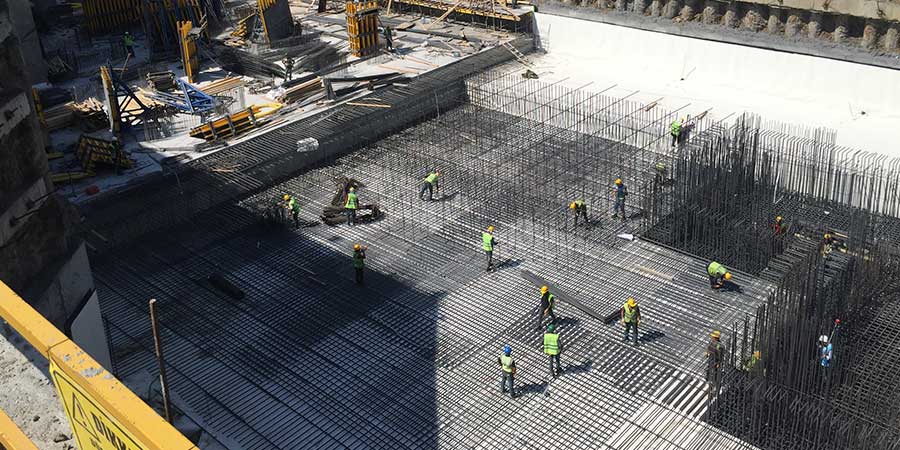During all stages of building a property, it is necessary to pay attention to details and that is why you should buy your products from places like stone center llc for example. But to ensure the integrity of the structures and avoid moisture inside your home, one detail stands out: the use of waterproofing. If you don’t know what this product is or what it is for, we will tell you everything you need to know about waterproofing your home in this article.
What Is Waterproofing
Planning for your residential or commercial project must go through the waterproofing part. This system can be done during the construction of the walls or on ready-made surfaces. But what is waterproofing, and what is it for? Waterproofing is a product that forms a protective layer that keeps fungi, mold, and moisture away from your home. In addition, it prevents paint wear. Since waterproofing prevents infiltrations, it ensures the integrity of the structure.
Most of the time, we think that a finish made with plaster and paint will get rid of infiltrations and moisture. But, only the use of waterproofing can protect your home against the action of rainwater. The use of this product becomes indispensable for those who wish to avoid mold and corrosion stains. In addition, it is extremely important in the fight against respiratory diseases such as asthma and rhinitis.
Waterproofing Systems
Now that we know what waterproofing is for let’s know the main types and techniques.
Rigid Waterproofing
With the incorporation of chemical additives and aggregates, this procedure makes the worked area waterproof. However, this type does not work in conjunction with structural elements. Therefore, it should not be applied to surfaces subject to large temperature variations. In addition, rigid waterproofing is perfect for places not subject to cracks. Places such as basements, in-ground pools, and galleries are excellent, as they are constant.
Flexible Waterproofing
Unlike rigid waterproofing, flexible waterproofing is applied in places subject to cracking. For this reason, it is usually made with materials composed of elastomers and polymers.
This system is great for places with high-temperature variation, such as roofs, suspended pools, slabs, and balconies. The materials for this type of waterproofing can be prefabricated, such as blankets, or molded in place, such as membranes.
Temporary Waterproofing And Protection
If your construction is new and hasn’t gone through the waterproofing process, chances are you need an immediate solution against water and fluids. Although they are not recommended for permanent waterproofing, they can purchase specific products for temporary protection. Products such as waterproofing polyester canvas and canvas, bubble wrap, and waterproof adhesive tape can help you solve your problem.
Applying Temporary Waterproofing
When we come across a damp and moldy part of the wall, we know to waterproof it. Above, we talk about the products used, but paying attention to details is essential. For example, how do you know if it is necessary to waterproof the entire place or just the stained area? The answer is simpler than expected: it is not necessary to waterproof everything. However, some attention is needed. Since if the moisture has already spread through the wall and the stain is between 40 cm and 1 meter (from the ceiling), the ideal is to waterproof an area of 1.5 meters.
Stop by stone center llc and access the best flooring materials and renovation products.

